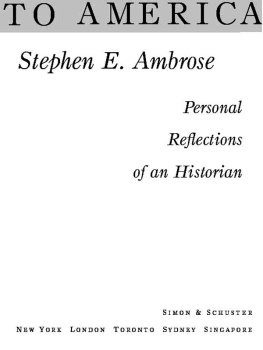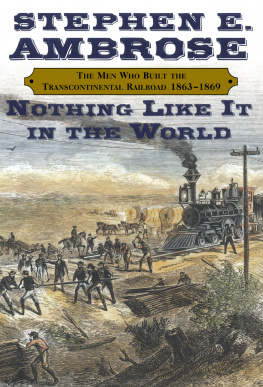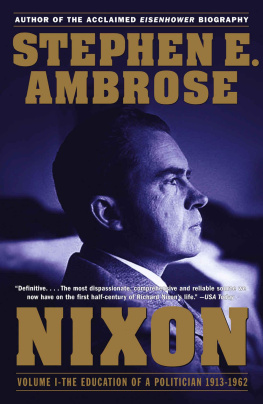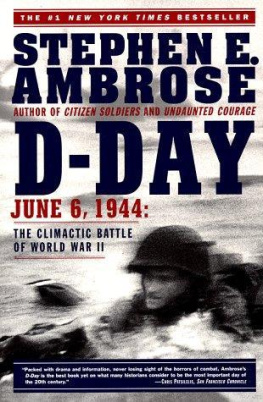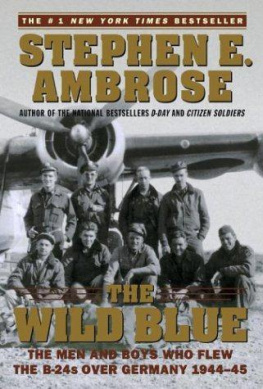Stephen E. Ambrose - Nothing Like It in the World: The Men Who Built the Railway That United America
Here you can read online Stephen E. Ambrose - Nothing Like It in the World: The Men Who Built the Railway That United America full text of the book (entire story) in english for free. Download pdf and epub, get meaning, cover and reviews about this ebook. year: 2005, publisher: POCKET BOOKS, genre: Art. Description of the work, (preface) as well as reviews are available. Best literature library LitArk.com created for fans of good reading and offers a wide selection of genres:
Romance novel
Science fiction
Adventure
Detective
Science
History
Home and family
Prose
Art
Politics
Computer
Non-fiction
Religion
Business
Children
Humor
Choose a favorite category and find really read worthwhile books. Enjoy immersion in the world of imagination, feel the emotions of the characters or learn something new for yourself, make an fascinating discovery.

- Book:Nothing Like It in the World: The Men Who Built the Railway That United America
- Author:
- Publisher:POCKET BOOKS
- Genre:
- Year:2005
- Rating:5 / 5
- Favourites:Add to favourites
- Your mark:
- 100
- 1
- 2
- 3
- 4
- 5
Nothing Like It in the World: The Men Who Built the Railway That United America: summary, description and annotation
We offer to read an annotation, description, summary or preface (depends on what the author of the book "Nothing Like It in the World: The Men Who Built the Railway That United America" wrote himself). If you haven't found the necessary information about the book — write in the comments, we will try to find it.
Stephen E. Ambrose: author's other books
Who wrote Nothing Like It in the World: The Men Who Built the Railway That United America? Find out the surname, the name of the author of the book and a list of all author's works by series.
Nothing Like It in the World: The Men Who Built the Railway That United America — read online for free the complete book (whole text) full work
Below is the text of the book, divided by pages. System saving the place of the last page read, allows you to conveniently read the book "Nothing Like It in the World: The Men Who Built the Railway That United America" online for free, without having to search again every time where you left off. Put a bookmark, and you can go to the page where you finished reading at any time.
Font size:
Interval:
Bookmark:
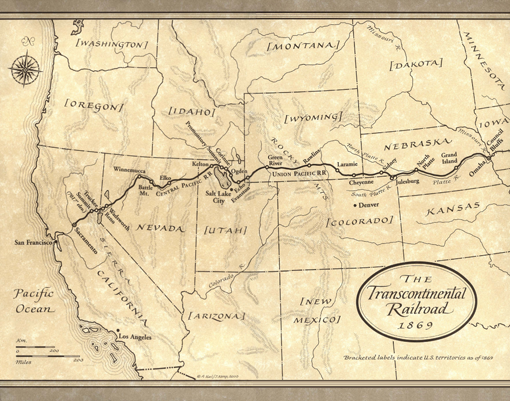

A LSO BY S TEPHEN E. A MBROSE
Comrades: Brothers, Fathers, Heroes, Sons, Pals
The Victors: Eisenhower and His Boys: The Men of World War II
Americans at War
Citizen Soldiers: The U.S. Army from the Normandy Beaches to the Bulge to the Surrender of Germany, June 7, 1944-May 7, 1945
Undaunted Courage: Meriwether Lewis, Thomas Jefferson, and the Opening of the American West
D-Day: June 6, 1944: The Climactic Battle of World War II
Band of Brothers: E Company, 506th Regiment, 101st Airborne from Normandy to Hitlers Eagles Nest
Nixon: Ruin and Recovery, 1973-1990
Eisenhower: Soldier and President
Nixon: The Triumph of a Politician, 1962-1972
Nixon: The Education of a Politician, 1913-1962
Pegasus Bridge: June 6, 1944
Eisenhower: The President
Eisenhower: Soldier, General of the Army, President-Elect, 1890-1952
The Supreme Commander: The War Years of General Dwight D. Eisenhower
Duty, Honor, Country: A History of West Point
Eisenhower and Berlin, 1945
Crazy Horse and Custer: The Parallel Lives of Two American Warriors
Rise to Globalism: American Foreign Policy, 1938-1992
Ikes Spies: Eisenhower and the Espionage Establishment
Halleck: Lincolns Chief of Staff
Upton and the Army
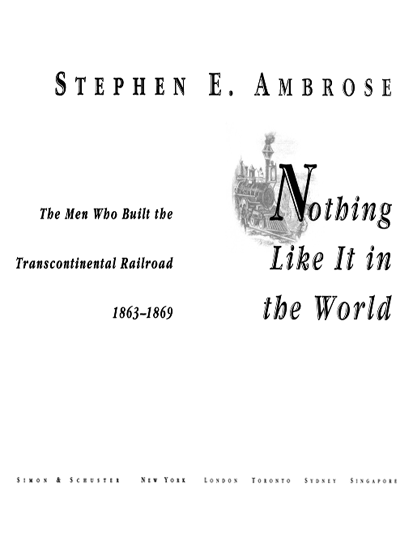

SIMON & SCHUSTER
Rockefeller Center
1230 Avenue of the Americas
New York, NY 10020
www.SimonandSchuster.com
Copyright 2000 by Ambrose-Tubbs, Inc.
Maps copyright 2000 by Anita Karl and Jim Kemp
All rights reserved, including the right of reproduction in whole or in part in any form.
S IMON & S CHUSTER and colophon are registered trademarks of Simon & Schuster, Inc.
Designed by Karolina Harris
Manufactured in the United States of America
5 7 9 10 8 6 4
Library of Congress Cataloging-in-Publication Data
Ambrose, Stephen E.
Nothing like it in the world: the men who built the transcontinental railroad, 1863-1869 / Stephen E. Ambrose.
p. cm.
Includes bibliographical references and index.
1. RailroadsUnited StatesHistory19th century. 2. Central Pacific Railroad CompanyHistory. 3. Union Pacific Railroad CompanyHistory. 4. Railroad construction workersUnited StatesHistory19th century. I. Title.
TF23 .A48 2000
385.0973dc2l 00-041005
ISBN 0-684-84609-8
eISBN: 978-0-743-21083-6
All photos are courtesy of the Union Pacific Museum Collection. A leatherbound signed first edition of this book has been published by Easton Press.
Acknowledgments
S OME years ago, when I handed the manuscript of my latest book in to my editor at Simon & Schuster, Alice Mayhew, she said she wanted me to do the building of the first transcontinental railroad for my next book. Even though I had been trained as a nineteenth-century American historian, I hesitated. First of all, I had been taught to regard the railroad builders as the models for Daddy Warbucks. The investors and builders had made obscene profits which they used to dominate state and national politics to a degree unprecedented before or since. John Robinsons book The Octopus: A History of Construction, Conspiracies, Extortion, about the way the Big Four ruined California, expressed what I thought and felt. What made the record of the big shots so much worse was that it was the peoples money they stole, in the form of government bonds and land. In my view, opposition to the Union Pacific and the Central Pacific (later the Southern Pacific) had led to the Populist Party and then the Progressive Party, political organizations that I regarded as the saviors of America. I wanted nothing to do with those railroad thieves.
I told Alice to give me six months to read the major items in the literature, so I could see if there was a reason for a new or another book on the subject. So I read. In the process I changed my mind about many aspects of building the railroads and the men who got rich from investing in them. And I was delighted by the works in the basic literature. Most of them I quote from, and they can be found in the bibliography.
I do need to make a specific mention of Maury Klein, whose magnificent two-volume history of the Union Pacific is a superb work for the general reader and the specialist or the writer. It is an absorbing story, beautifully told. Klein is a model for scholarship, for writing, and for thinking his subject through before making a statement. George Kraus, High Road to Promontory: Building the Central Pacific Across the High Sierra, is the basic source on the subject. There are many fine researchers and writers who have published books on the Union Pacific and Central Pacific roads. The two who have my gratitude and respect ahead of all others are Maury Klein and George Kraus.
After the reading, I decided that there was a lot of good literature already in existence on the railroads and that I could use it for stories, incidents, sources, and quotes, but none of the books were done in the way I was looking for. If I really wanted to know at least a part of the answer to Alices question, How did they build that railroad?rather than How did they profit from it? or How did they use their power for political goals?I was going to have to write my own book to find out. So I did.
I have first of all to acknowledge that this book is Alices idea. She didnt do the writing, to be sure, or try to guide my research or to suggest ideas for me to investigate or incorporate. She didnt hurry me, even though I had a bad fall in the middle of doing this book that put me out of action for a few months. She read chapters as I sent them in, and gave me encouragement, which was a great help, since I write for her. If she likes what comes out of my writing, Im pleased. If she doesnt, I try again. But above all, she let me figure out the answer to her question.
My research assistants are all part of my family. First my wife, Moira, who always participated, making suggestions, offering ideas, listening and commenting, being there. Then my research assistant and son, Hugh Alexander Ambrose. Hugh is a trained historian, with his Masters degree in American history from the University of Montana. He did the basic research at the Library of Congress for me, and at the Bancroft Library on the University of California campus, and at Huntington Library, at the Archives at the Library of the Church of Latter-Day Saints in Salt Lake City, and on the World Wide Web. He mastered the literature, and he was my first reader on all the chapters. His many suggestions have been absorbed in the text. Without him there would be no book.
My son Barry Ambrose, my daughter-in-law Celeste, my older daughter, Stephenie, my niece Edie Ambrose (a Ph.D. in American history from Tulane), and another daughter-in-law, Anne Ambrose, all participated in the newspaper and magazine research. Edie read early chapters and gave me solid suggestions on everything from word choices to interpretations. I had decided at the beginning that this book was like doing Lewis and Clark, but unlike D-Day or my books on Cold War politics. Different in this way: there was no one around who had been there and could say, I saw this with my own eyes. I couldnt do any interviewing.
Next pageFont size:
Interval:
Bookmark:
Similar books «Nothing Like It in the World: The Men Who Built the Railway That United America»
Look at similar books to Nothing Like It in the World: The Men Who Built the Railway That United America. We have selected literature similar in name and meaning in the hope of providing readers with more options to find new, interesting, not yet read works.
Discussion, reviews of the book Nothing Like It in the World: The Men Who Built the Railway That United America and just readers' own opinions. Leave your comments, write what you think about the work, its meaning or the main characters. Specify what exactly you liked and what you didn't like, and why you think so.

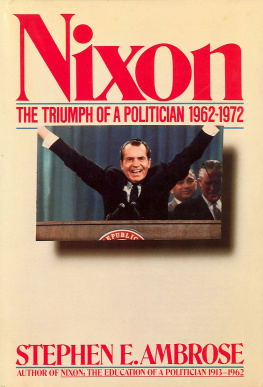
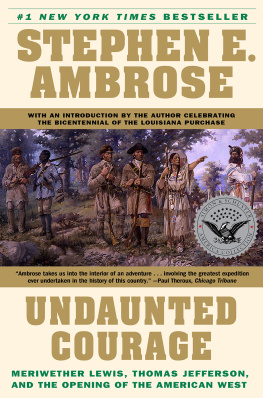
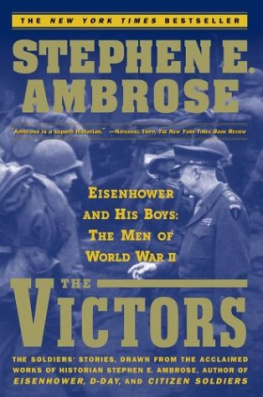
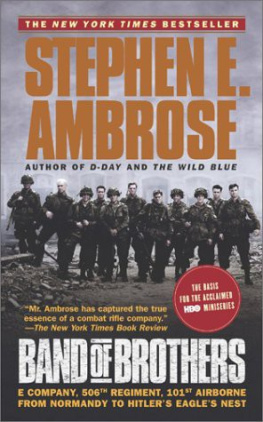
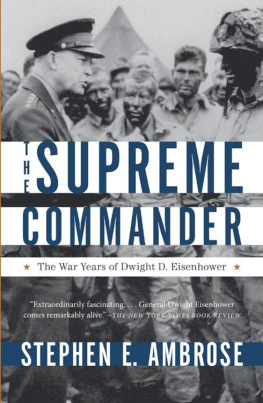

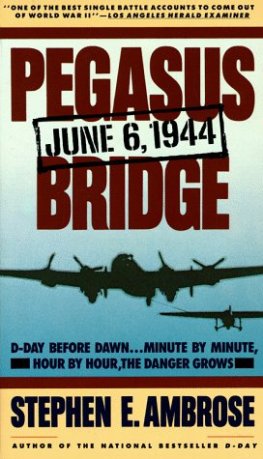
![Stephen Ambrose - Citizen Soldiers [Condensed]](/uploads/posts/book/457593/thumbs/stephen-ambrose-citizen-soldiers-condensed.jpg)

